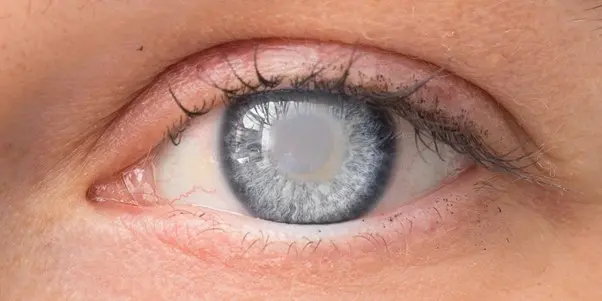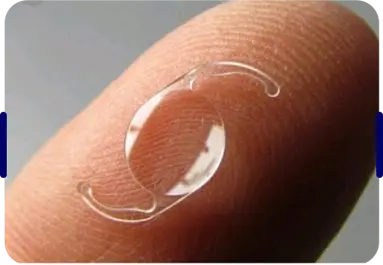Blogs
Myths & Facts About Cataracts: Debunking common misconceptions

Cataracts form due to clouding the eye’s natural lens, resulting in blurred vision, reduced contrast sensitivity, night vision problems, and glare.
Although cataracts are the leading cause of treatable blindness worldwide, many misconceptions persist. Here, we debunk common myths and provide essential information facts about cataracts.
Causes of Cataracts
Several factors contribute to cataract formation:
- Ultraviolet (UV) Exposure
- Systemic Diseases
- Drug Toxicity
- Aging
- Steroid Use
- Inflammation
- Trauma
Myths and Facts About Cataracts: Debunking Common Misconceptions
Myth 1: Cataracts only affect the Elderly.
Fact: Although cataracts are more prevalent in older adults, they can also occur in individuals of any age, including infants and young adults.
Factors such as genetics, diabetes, eye injuries, and prolonged use of corticosteroids can contribute to the development of cataracts at a younger age.
Myth 2: Cataracts need to be “Ripe” before removal.
Fact: The belief that cataracts must be fully developed or “ripe” before surgery is outdated. Modern surgical techniques allow for the safe removal of cataracts at any stage. It can make the procedure more complex and increase the risk of complications.
Myth 3: Cataract surgery is risky.
Fact: Cataract surgery in Abu Dhabi is one of today’s safest and most common surgical procedures. Technological and surgical advancements have greatly minimized the risks associated with cataract surgery. The procedure boasts a very high success rate, with most patients seeing improved vision almost immediately afterwards.
Myth 4: Cataracts can be cured with Medications or Eye Drops.
Fact: No medications or eye drops can cure or prevent cataracts. The only effective way to remove cataracts and restore clear vision is through surgery. Research is ongoing to find non-surgical treatments, but no such options are available.
Myth 5: Cataracts grow back after surgery.
Fact: Once a cataract is removed, it cannot return. However, some patients might develop a condition known as posterior capsule opacification (PCO), where the rear part of the lens capsule becomes cloudy.
PCO is easily treatable with a quick, painless laser procedure called YAG laser capsulotomy.
Myth 6: Cataract surgery is painful and requires a long recovery.
Fact: Cataract surgery is typically quick and minimally invasive, usually taking less than 30 minutes. Most patients experience little to no pain during the procedure and recover rapidly.
While you’ll experience a quick improvement in mobility after laparoscopic repair, full healing is a gradual process that takes several weeks.
Myth 7: Only one eye can be operated at a time.
Fact: While traditionally, cataract surgeries were performed one eye at a time, advancements in techniques and safety protocols now allow for simultaneous bilateral cataract surgery in some cases.
This choice is based on the patient’s overall health and the surgeon’s evaluation.
Traditional vs Phacoemulsification and Laser cataract surgery

Traditional cataract surgery involves manual techniques, such as using a handheld blade to make incisions and remove the cloudy lens. In contrast, laser cataract surgery uses advanced technology to make precise incisions, fragment the cataract, and open the lens capsule.
Both techniques need a small incision on the cornea, under topical Anesthesia and early mobilisation and recovery
Options of intraocular lens to suit the individual needs – monofocal and spectacle correction for nea, EDOF – extended depth of focus for distance and intermediate (computer and smart screen) and Trifocal for all three ranges – distance, intermediate and near vision
Contact Al Abeer Medical Center today to book your consultation with Dr. Madhava Rao, a trusted cataract surgeon in Abu Dhabi.
AbOUT US
DEPARTMENTS
© 2025 Abeer. All rights reserved.
